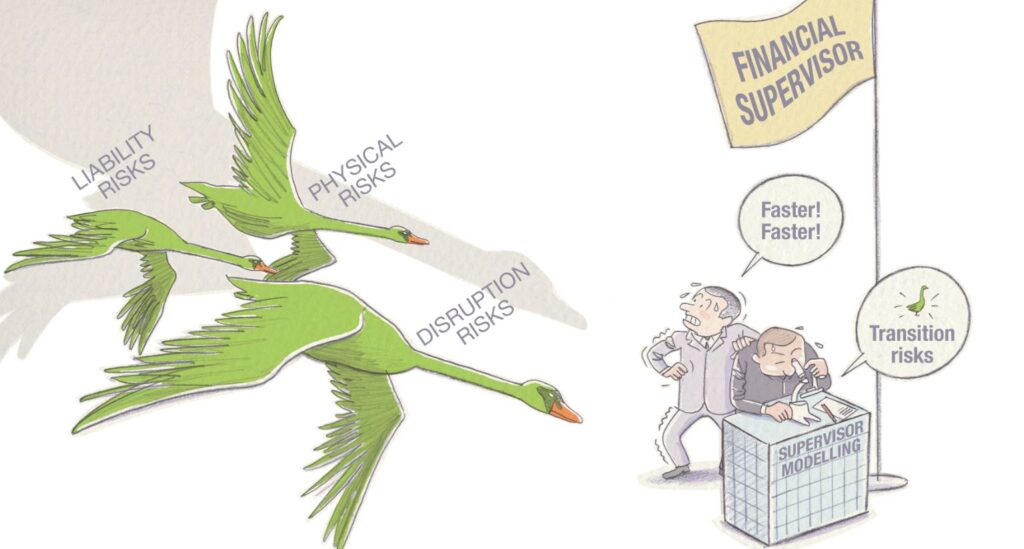Banking supervisors are increasingly concerned about the links between climate change and financial stability. At the heart of the issue is banks’ financing of fossil fuels, which are the main contributors in accelerating climate change.
Because of this, many of the assets associated with the fossil fuel industry will need to be abandoned before the end of their economic life (stranded), to achieve the transition to a carbon-neutral economy, at huge cost for financial institutions. Estimating and managing these new financial risks is now a key focus for prudential authorities around the world.
In our study, Finance Watch estimates that the 60 largest global banks have around $1.35 trillion of credit exposures to fossil fuel assets on their balance sheets. However, the higher risks related to these assets are not reflected in bank capital rules.
The most effective way to do this would be through a Pillar 1 measure now being explored by legislators in the EU and Canada:
Apply a 150% sectoral capital risk weight to banks’ exposures to existing fossil fuel assets.
This new study aims to help legislators assess this proposal by quantifying the capital impact on banks and looking at the implications for lending and supervision. We conclude that the measure would be feasible to implement without reducing lending capacity, making it a very achievable solution to protect taxpayers from the build-up of systemic risk.
Measuring the solution – Quantifying the additional capital
Our study looks at the 60 largest global banks, including the 28 banks considered to be systemically important at a global level and the 22 largest EU banks by assets. It finds that applying a 150% risk weight – which is the risk weight applicable for higher risk assets under the Basel framework – to banks’ exposures to existing fossil fuel assets would require total additional capital equivalent to around 3-5 months of those banks’ profits.
The average additional capital per bank would be $3.05 billion and for half the banks in our sample it would be $1.81 billion or less. This is equivalent to 2.85% of the banks’ current equity or 3.42 months of their 2021 aggregate net income. Half of the banks could cover this from profits in 2.71 months or less – if they started today, they would be finished by Valentine’s Day! However, some outlier banks would need longer because of their high exposures to fossil fuels or low profitability in 2021.
In practice, banks would have longer to respond because such capital measures are normally phased in over longer periods.
For the United States of America, our results are summarised in the PDF below. Read also our other regional findings on British, Canadian, French, German, Italian and Spanish banks.








